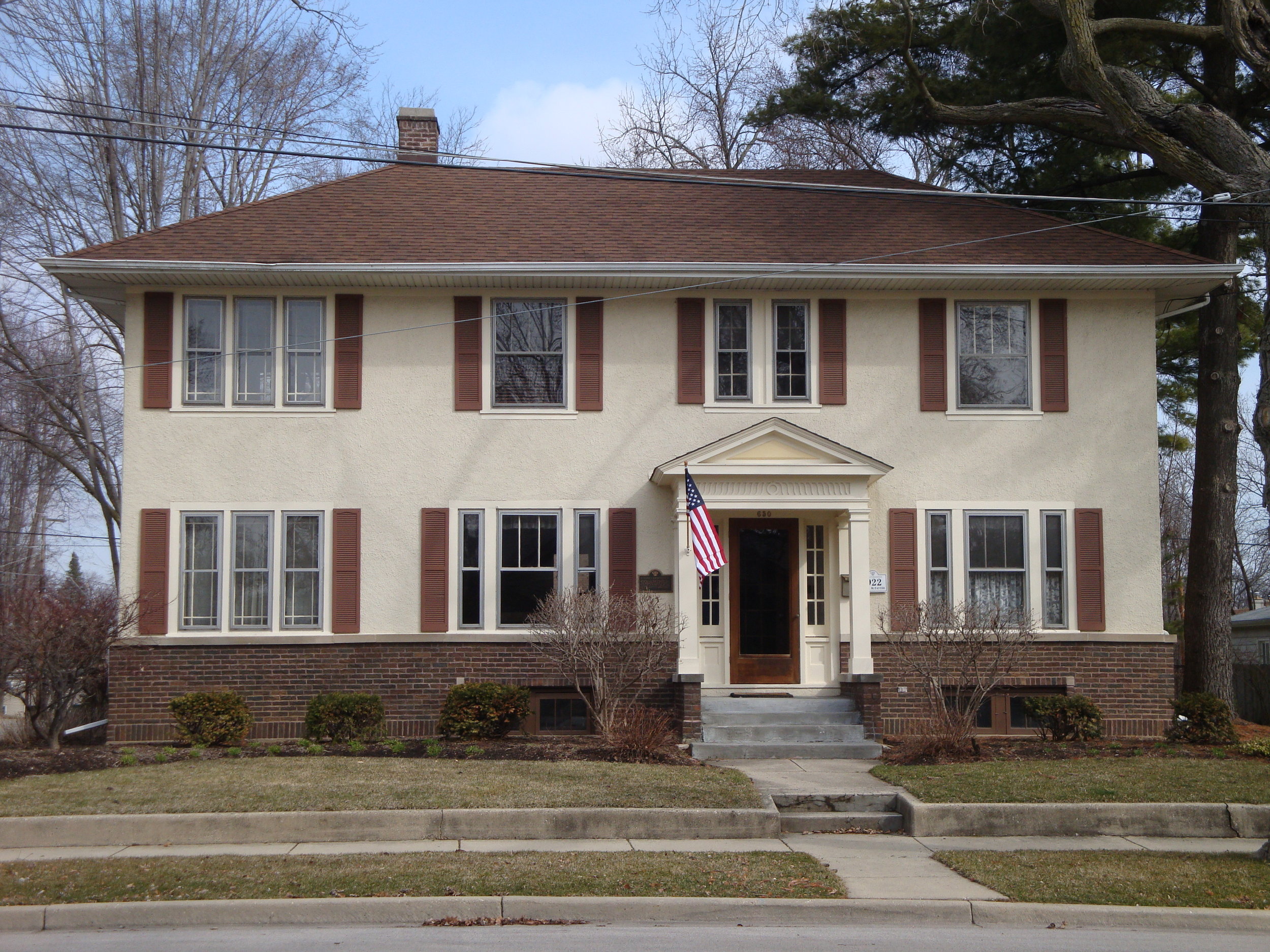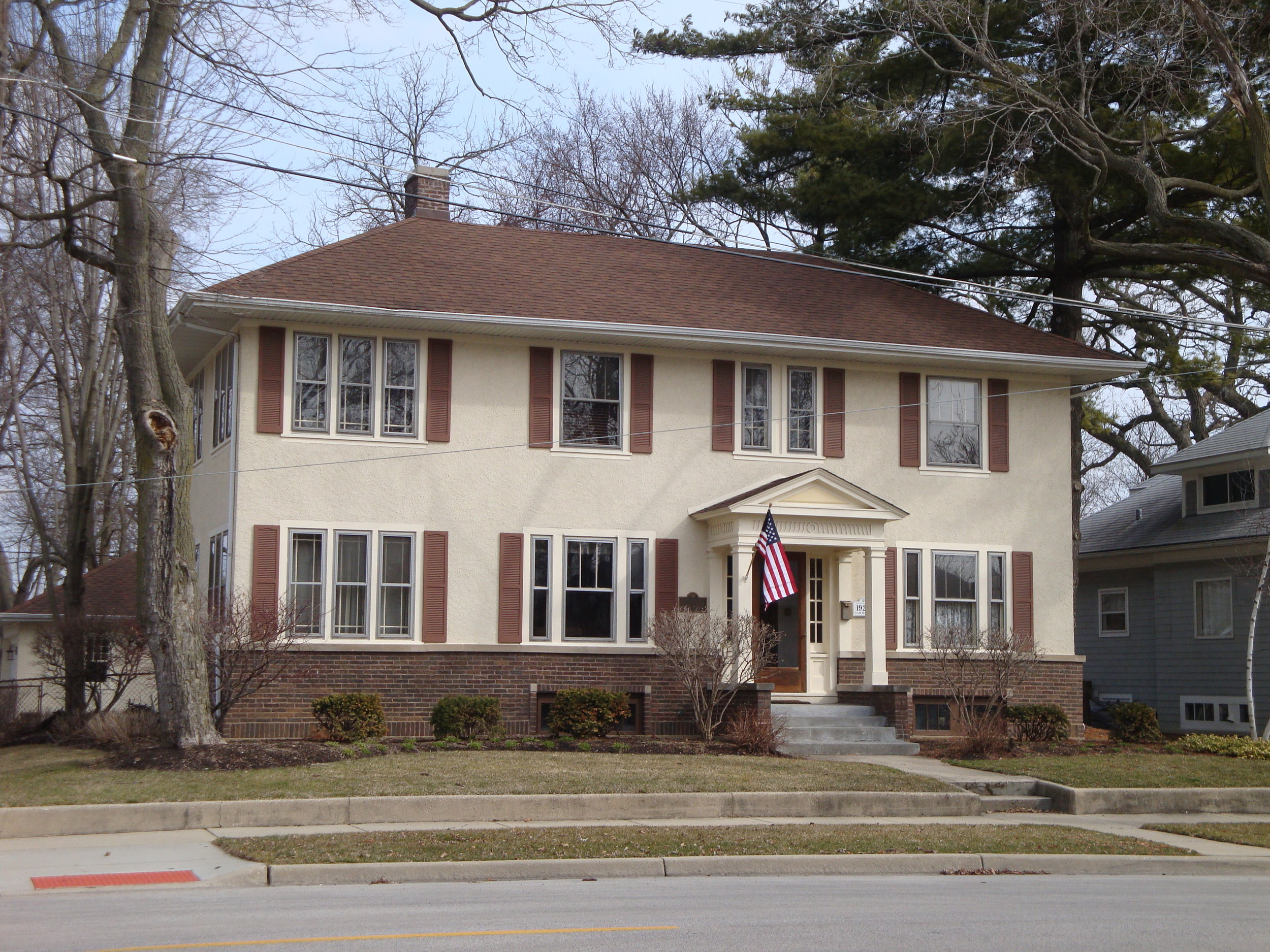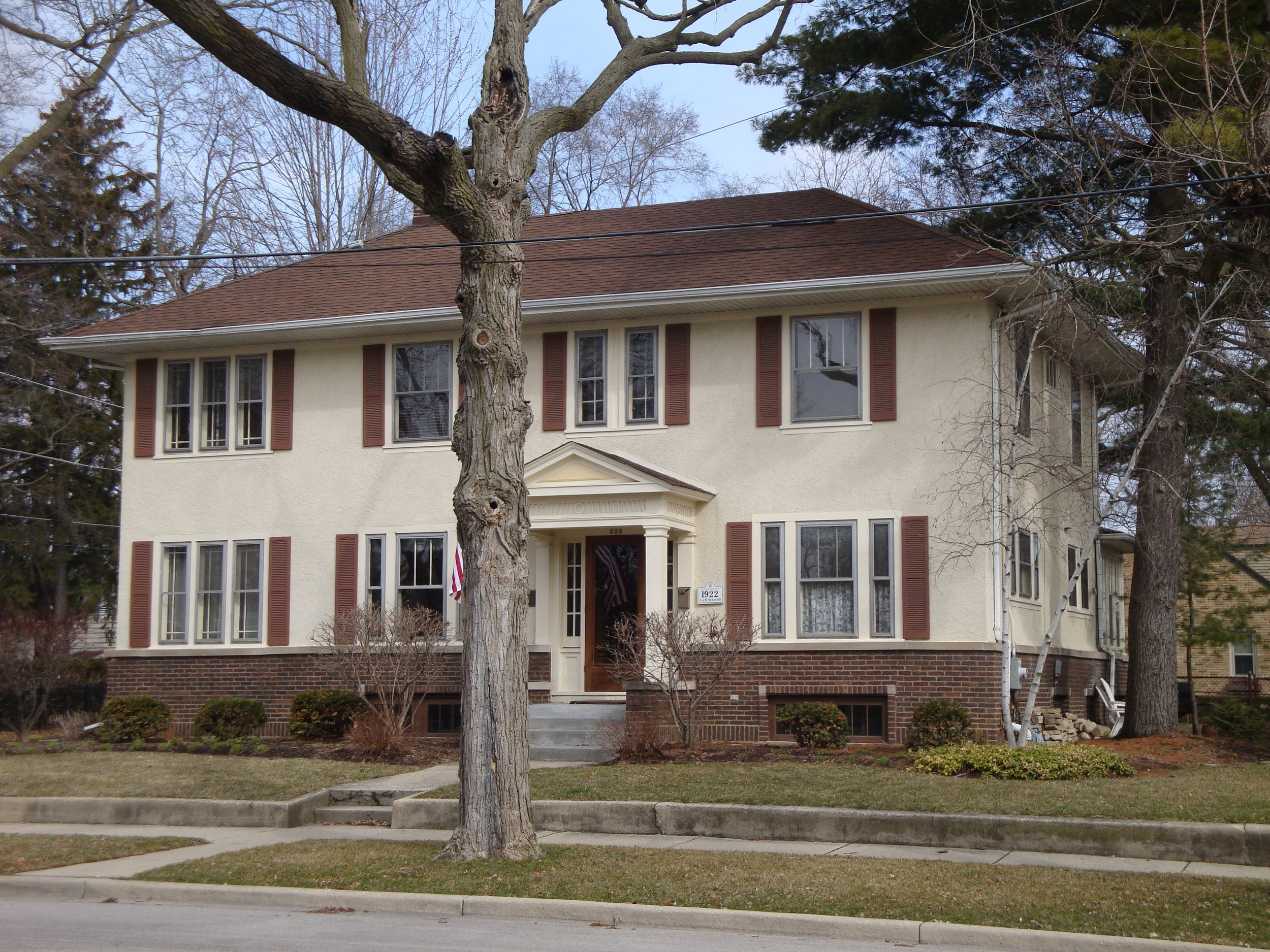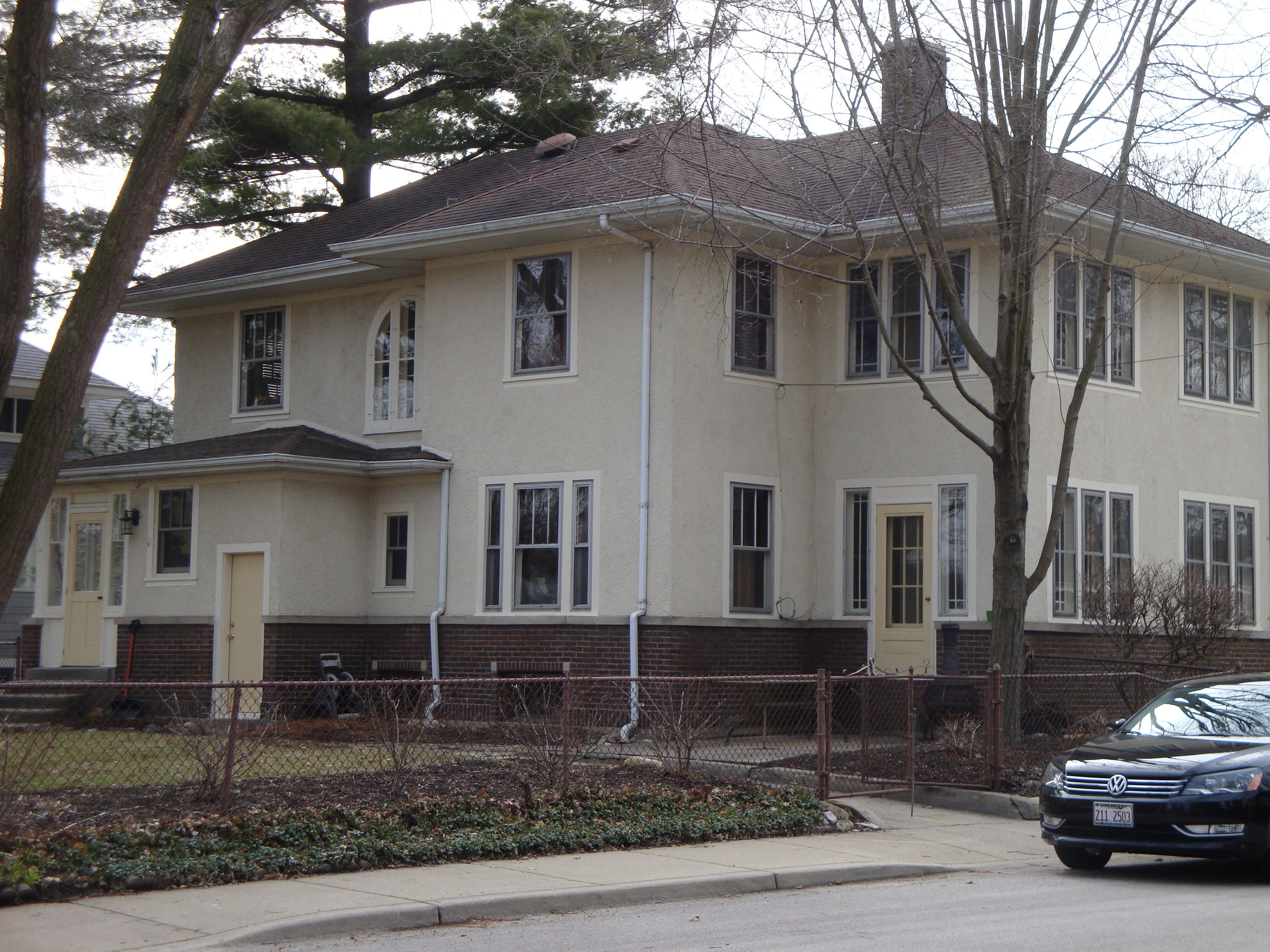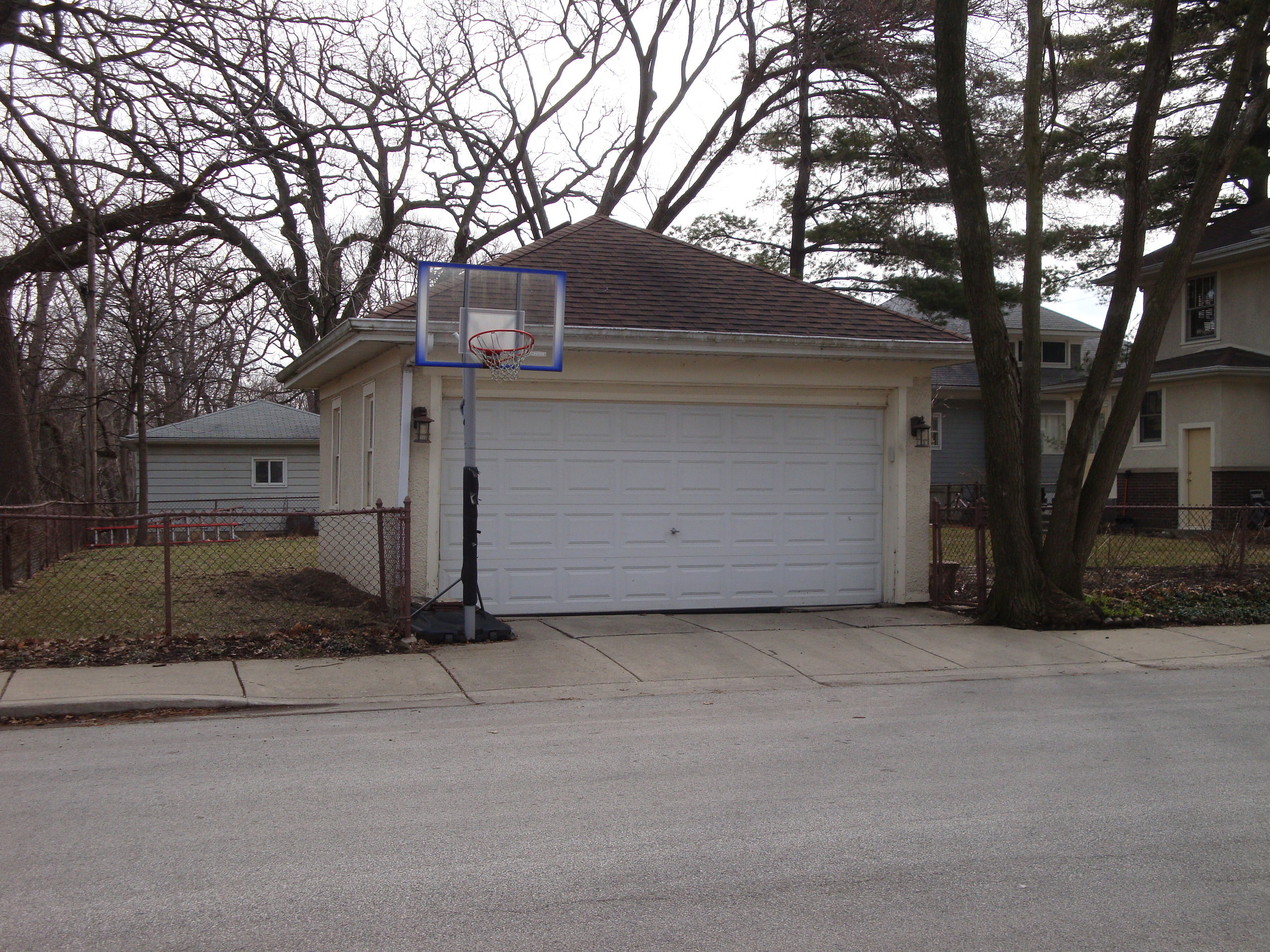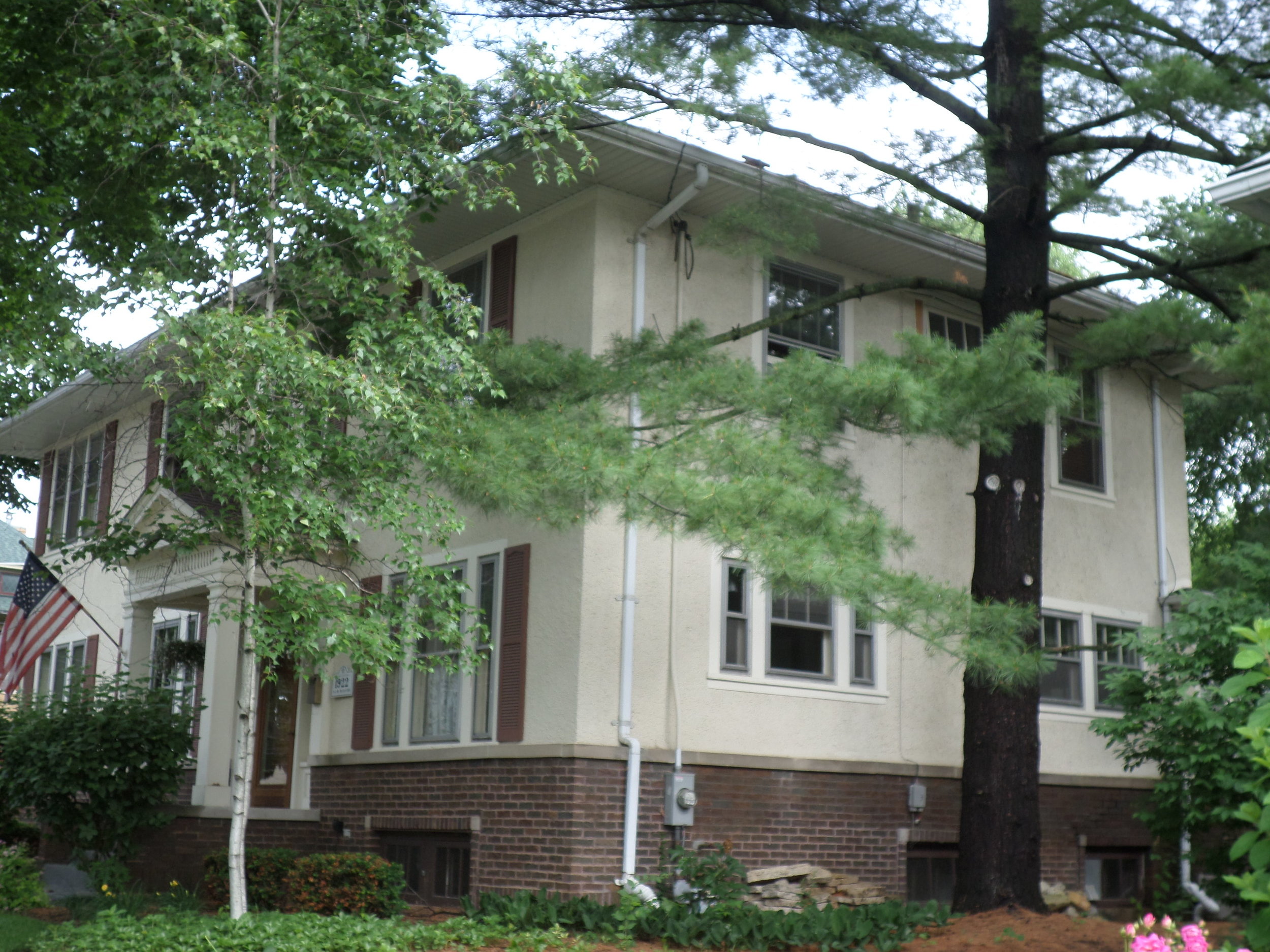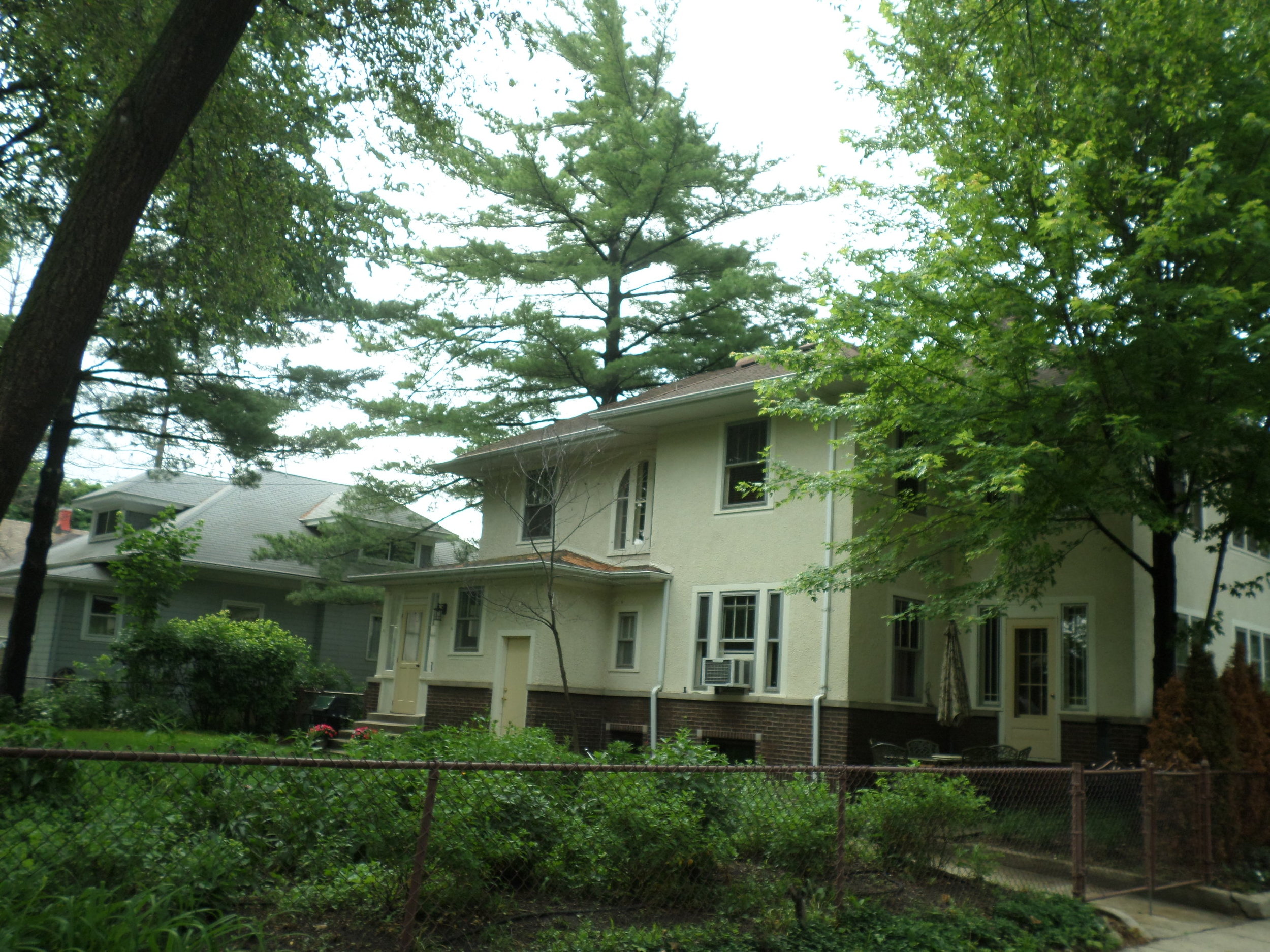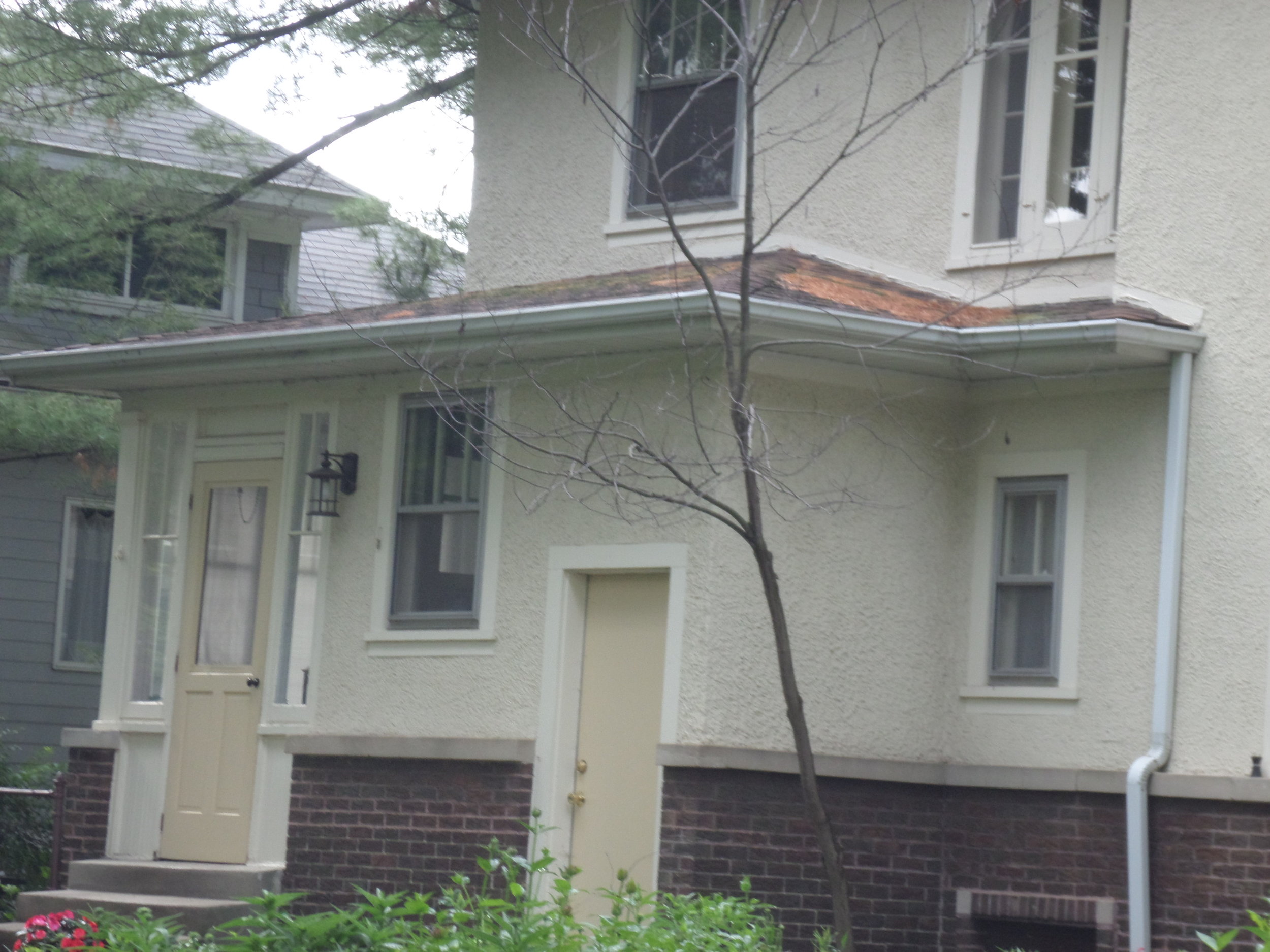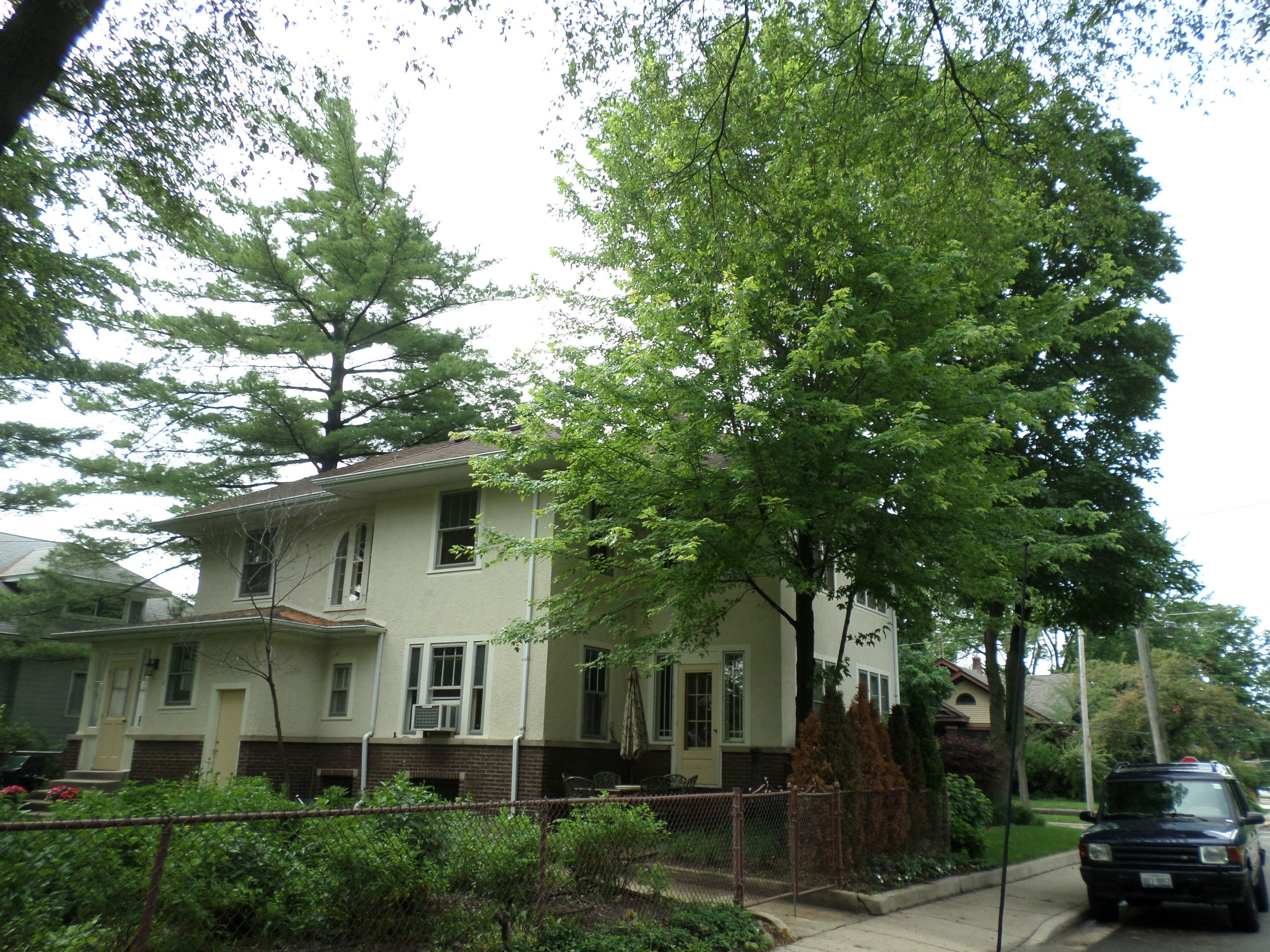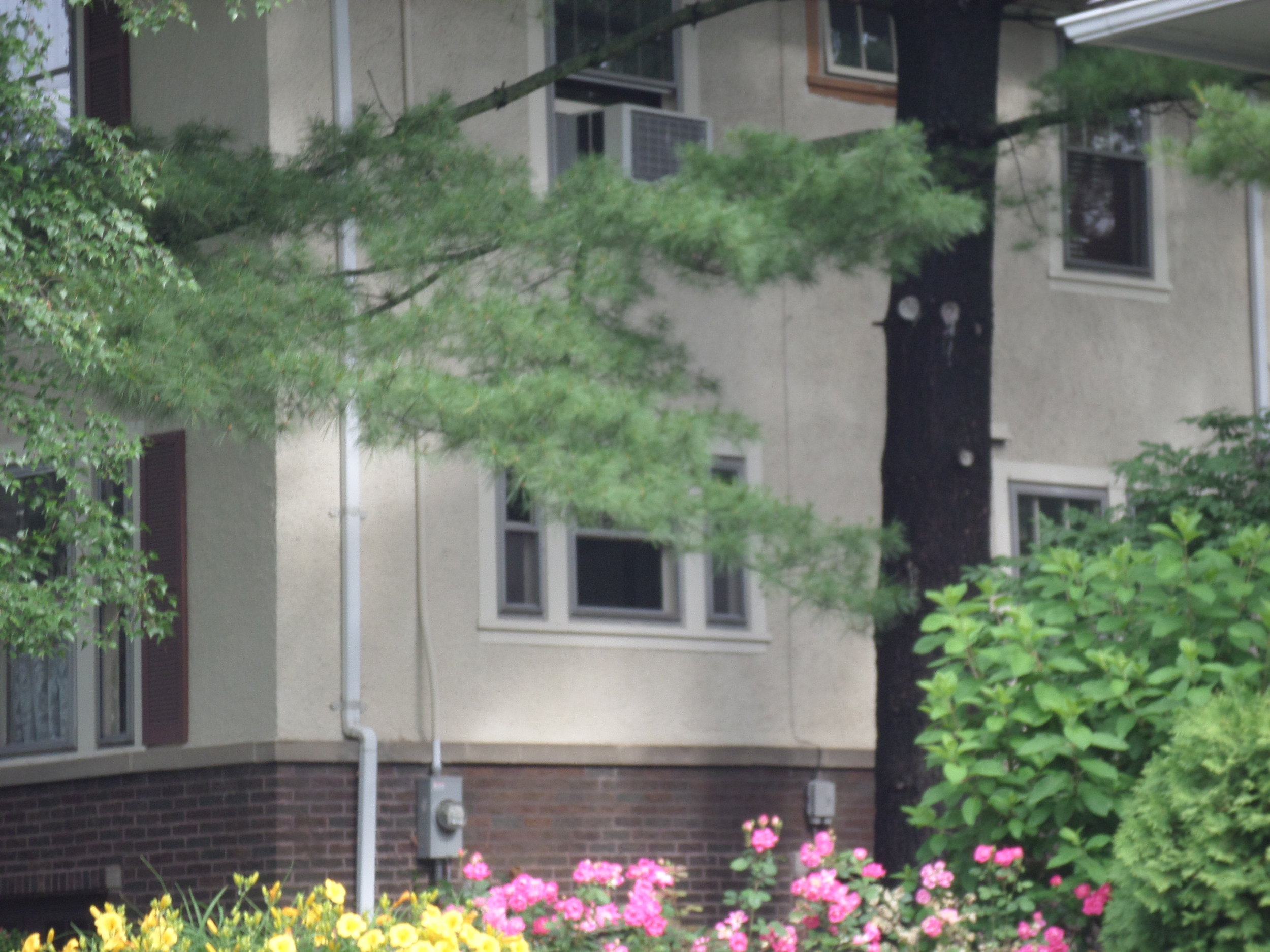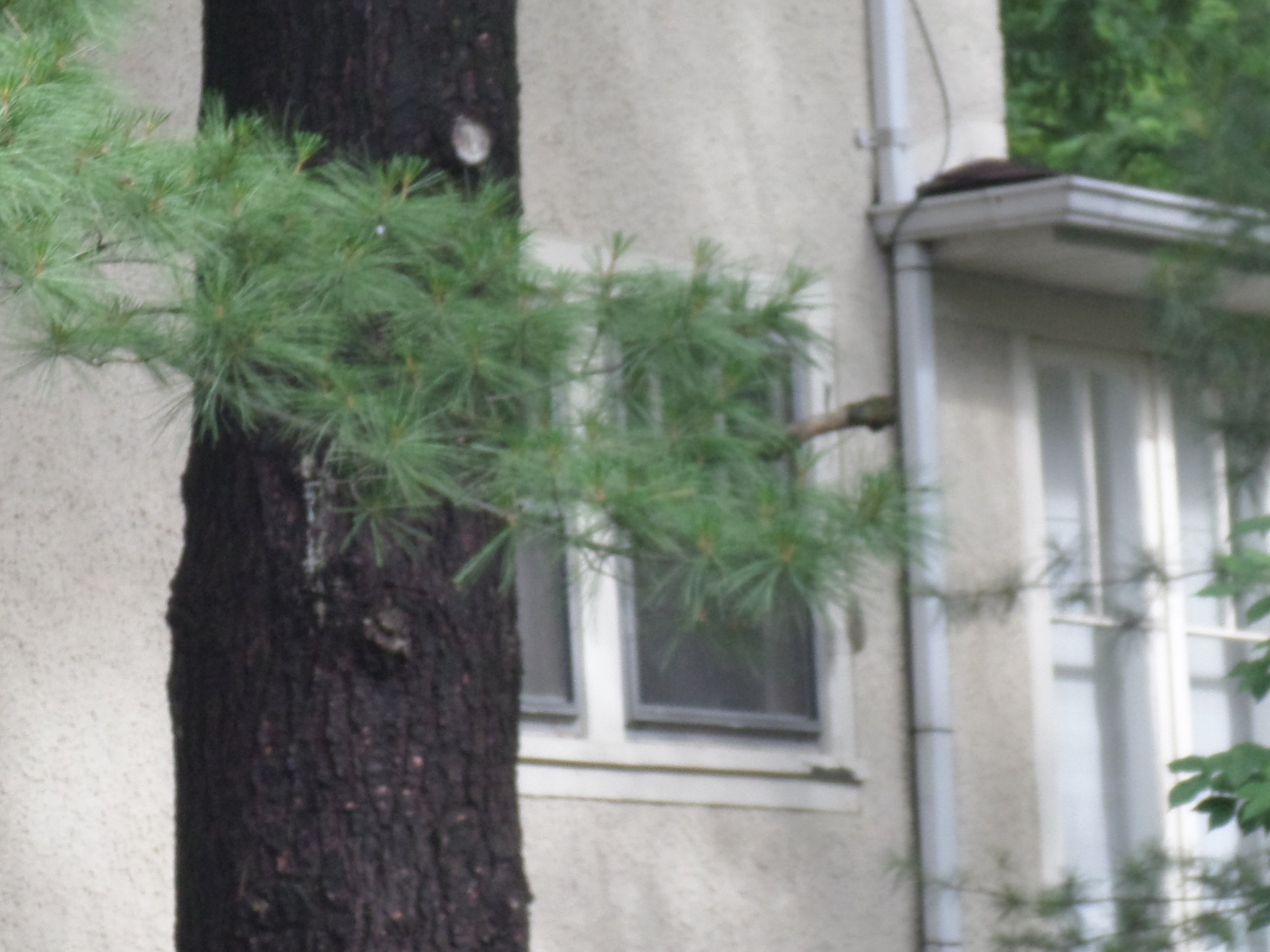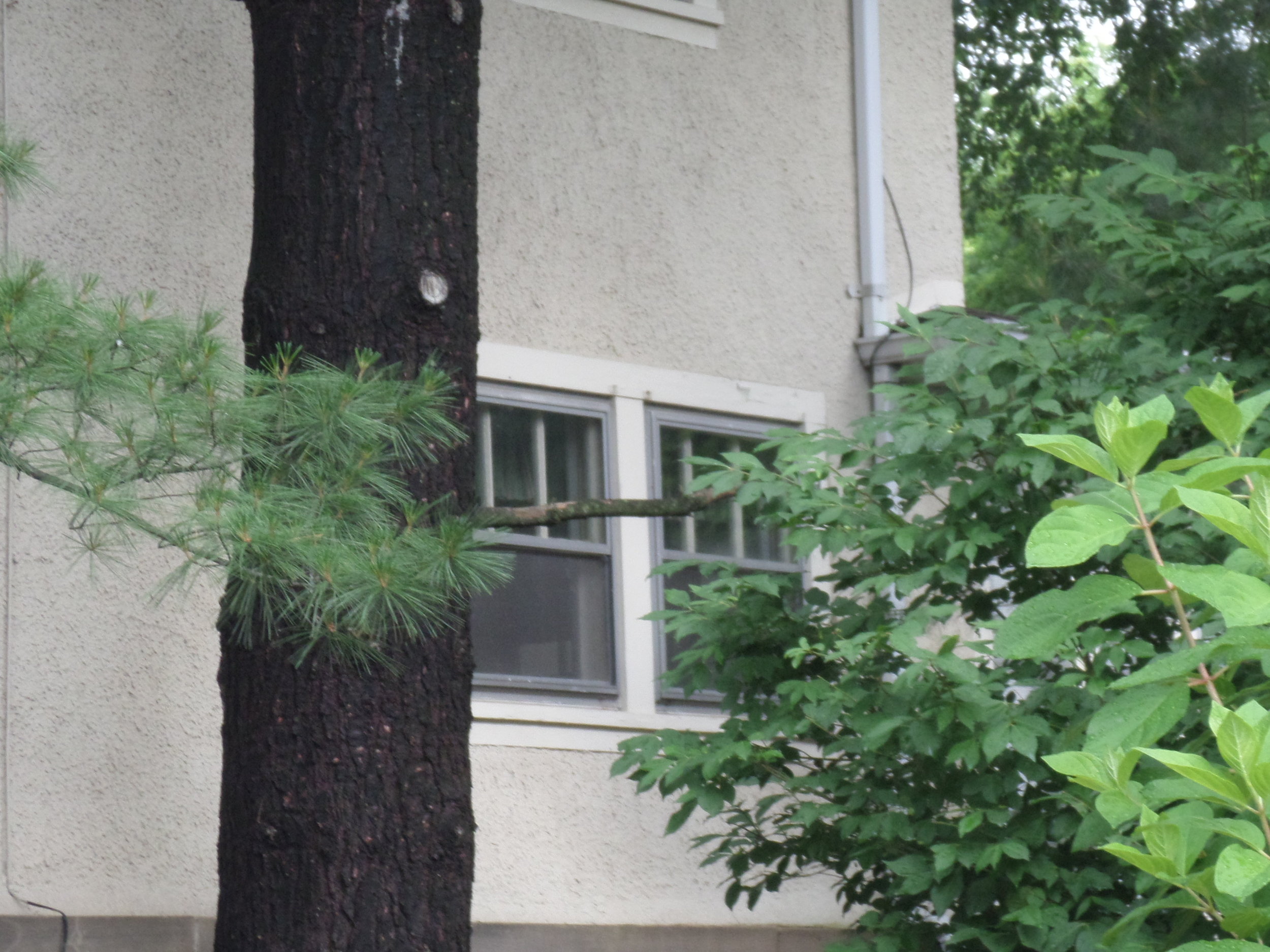650 PARK STREET
HISTORIC SIGNIFICANCE
In 1865, Johnathan Force bought property from Lansing Brayman’s estate, naming it “Johnathan Force’s Addition to Elgin.” He set about cultivating and planting the land to create a large nursery which supplied fresh fruits and vegetables to Elgin’s citizens – specializing in raspberries and strawberries.
Over time, Force sold off different lots and pieces of land. In 1922, Alexander McTavish purchased block 1, lot 5 of the Johnathan Force addition. McTavish arrived in Elgin in 1912, but rented homes in the area before purchasing the land and taking out a building permit for 650 Park Street.
McTavish was a carpenter and contractor who had worked for Stephen Smith, the man responsible for building many of the homes in the Lord’s Park area.
In 1933, at the height of the Great Depression, McTavish could not keep up on his payments for the $10,000 house and Elgin Loan and Homestead enacted a bill of foreclosure upon the property until he could get his finances straightened out as did many Americans at that time.
In 1935, a certificate of redemption was issued and the house once again belonged to McTavish. It stayed in his possession until 1962.
ARCHITECTURAL SIGNIFICANCE
The home at 650 Park is an example of the Prairie style. It exhibits a rectangular floor plan with a hipped roof. The upper two-thirds of the house is stucco with the lower portions made up of brick. Character defining features include the tall windows with 3-over-1 lites and grouped in sets of three, and the widely overhanging eaves, and the emphasis on the horizontal. The small portico porch is less common than the full-width porch often seen on the Prairie style, but includes the square columns as many porches of this style include.
TIMELINE OF PREVIOUS OWNERS
Sources: 1998 Heritage Plaque Application; Audio: TextAloud

